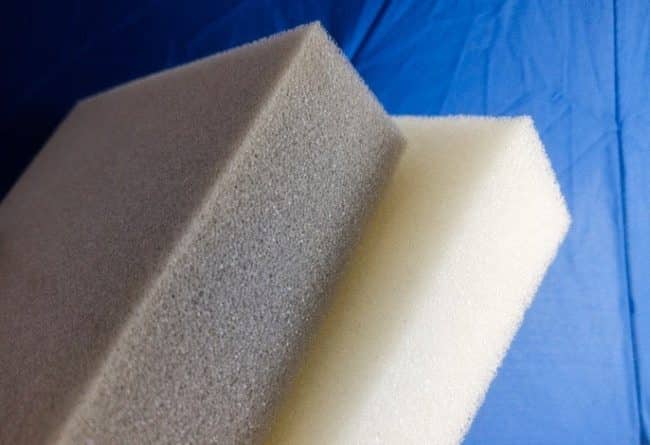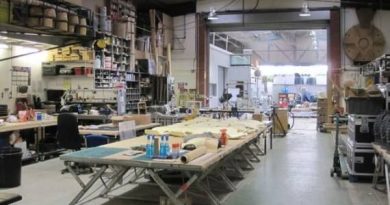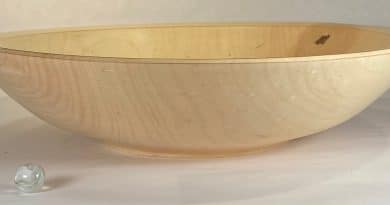How to Cut Foam and For What Purpose?
This article sheds light on why to cut foam, which uses are there for cutting foam, the types of industries using foam cuts and what is the process of cutting. It also explains the types of foam used and the equipment involved in the process
There is a vast growth in demand for foam cutting nowadays, especially for fabrication and machining. The demand for foam cutting and machining is essential in various types of industries, including props, sculptures and monuments, boats, kayaks and canoes, signs, displays, prototypes, architectural shapes, crown moldings for construction, packaging insulations, and wings.
Companies cutting foam need to use top-of-the-line cutting equipment to offer a wide range of foam-cutting services. The cutting can be done either by using a CNC hot wire foam cutter, or a CNC laser cutter. The hot wire can cut almost any thickness of the foam, and up to 12 feet projects and more; While the laser cutter is cable of cutting very thin cuts (up to ¾”), manufacturing a high-quality surface finish.
The decision of whether to use the laser or the hot wire cutters is based on the type of foam (for example, Polyurethane, also known as PU foam can only be cut with the laser), the thickness and the size of the foam to be cut.
Most CNC hot wire foam cutters are capable of cutting EPS foam (also called Expanded Polystyrene), EPP foam (called Expanded Polypropylene), and XPS foam (Extruded Polystyrene).
The smaller foam cutters will usually cut wings, fuselages, logos, and letters. The medium foam cutters will cut similar shapes to small ones, with the addition of being able to cut crown moldings and trims used in the architectural industries, while the large foam cutting machines are used mostly by construction contractors and large sign manufacturers.
Laser cutters and engravers can cut various types of foam, including Polyurethane, mainly for packaging, insulation, and gun cases; Polyethylene or EVA foam for creating 3D shapes, packaging, and tool trays; Polystyrene for packaging, crown moldings, signs, and props; Polycarbonate (also known as Plexiglas) for cutting and engraving and MDF for vacuum molding forms.
If the materials to be cut are wood or light metals, the use of a CNC router is necessary.
The different cutting machines differ in their dimensions and size, including their effective cutting on the X-axis (horizontal) and the Y-axis (vertical), their hot wire length, and other features such as cutting speed capabilities, how many blocks of foam can be cut in one single cut and the type of cuts made (tapered or not tapered).
For projects requiring machining foam or fabrication of foam, there is a need to use CNC routers or a combo of a CNC hot wire foam cutter with a router system. Full-scale racing cars, 3D topographic maps (up to 10’x5’x20″ on a single cut), props, and artwork can all be machined, and foam molds can also be created.
All of the cutting machines are CNC, which means they are controlled by a computer and come with specialized cutting software.
The process of cutting the foam involves specialized files that include the shape drawing. For 2D shapes a DXF file is required, while for 3D shapes an STL file is needed, which allows to rotate the shape and see all the angles of it for better accuracy.
Once the right file is received, the data is entered into the computer which is connected to the foam cutter, including all the coordinates needed for cutting that specific shape. Upon finishing cutting the shape needed, it can be sanded to either a rough or a smooth finish, according to the customer’s request.
Large-scale shapes are made in several pieces, then glued together to make the complete shape. The cut can also be coated with a Polyethylene coating, Polyurea and painted if needed. The end product needs to be durable, strong, and long-lasting.
Source by Sig Barnea




